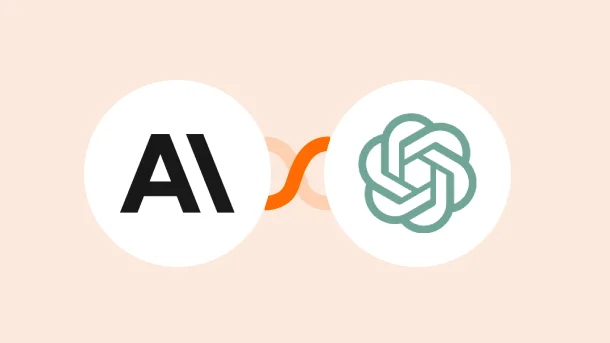
Have you ever used AI to brainstorm a story idea or get help with a complex problem?
That’s how 100 million people across 185 countries use ChatGPT every week.
But, with growing AI capabilities, concerns regarding their potential risks do arise. That’s where Anthropic’s Claude 3 seems to be promising. It takes a different approach, focusing on safety and what they call “constitutional training.”
With ChatGPT 4 reigning supreme in the AI world till now, is Claude 3 all set to give it a tough fight?
Let’s find out!
The main difference between Claude 3 and ChatGPT4 is that of the ‘Constitutional AI’ model used by Claude 3
This model:
However, this Constitutional AI approach in Claude 3 may come at the cost of some limitations compared to ChatGPT 4:
In contrast, ChatGPT 4 may offer greater raw capabilities and a more seamless user experience, but with potentially less emphasis on safety and ethical constraints compared to Claude 3.
So, while Claude 3’s Constitutional AI approach prioritizes safety and alignment, it may come at the cost of some performance limitations relative to the more open-ended design of ChatGPT 4.
With both AI powerhouses on the table, let’s now dive into a head-to-head comparison.
ChatGPT 4 is OpenAI’s flagship LLM (Large Language Model) that brought in a major technological shift!
Launched in March 2023, it quickly gained recognition for:
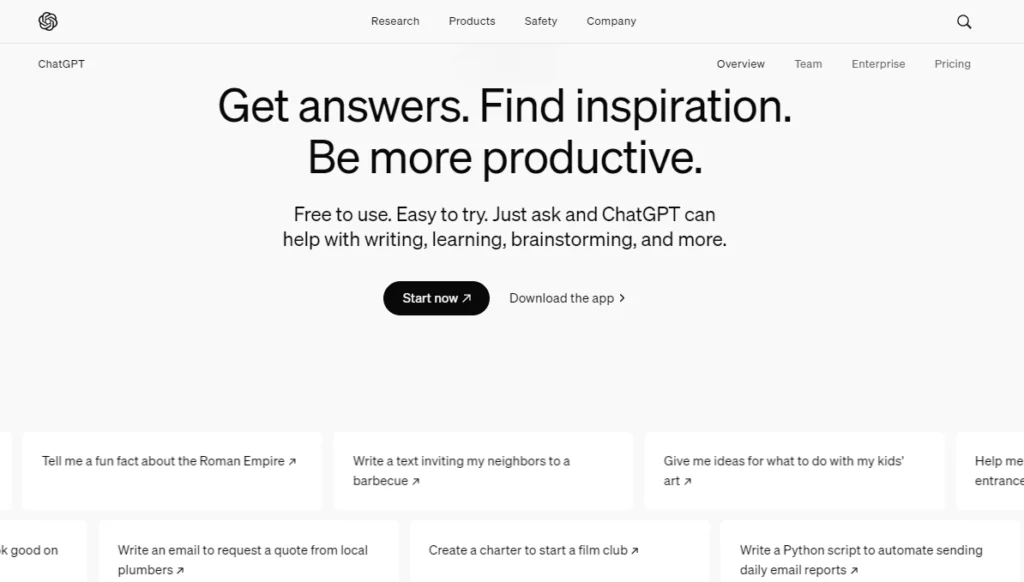
Millions of freelancers and businesses are integrating ChatGPT with other apps to optimize their workflows and improve productivity.
Claude is a family of foundational AI models (i.e LLMs – Large Language Models) by Anthropic, similar to OpenAI’s ChatGPT.
Claude 3 is their flagship model that was launched in March 2025. As per the news shared by Anthropic, it is said to outperform many of its competitors like ChatGPT4 on several benchmarks.
A context window of 200K increases its capability of processing much more than other players in the market like ChatGPT.
200K is HUGE! It’s almost like having 20 full-length novels in a single chat!!!
Also, unlike other models which are solely trained on data, Claude is said to have undergone “constitutional AI” training methodology. It means that along with data, the model has been trained for:
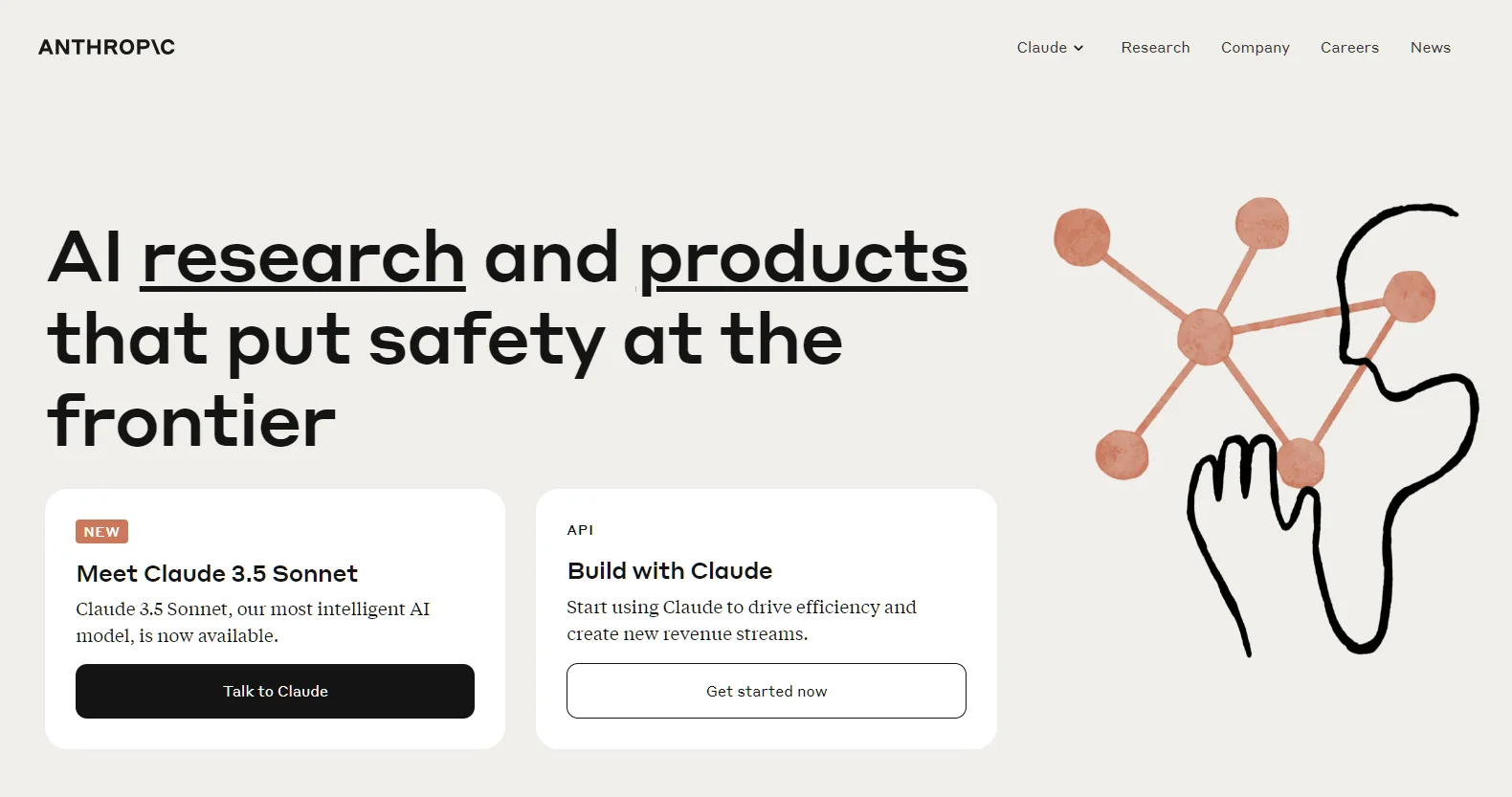
Getting Started with Claude 3 and the Claude 3 API
There are 2 ways to get started with Claude 3:
ChatGPT 4 has ruled the AI world for a while, but is Claude 3 all set to dethrone it?
Let’s put them in the ring for a feature face-off 👇
| Feature | Claude 3 | ChatGPT 4 |
|---|---|---|
| Training Approach | Data Model + Constitutional Model | Data Model |
| Context Window (Word count) | 200K to 1 Million (for specific use cases) | 64K |
| Data Processing | Can retain a larger number of conversations and process large amounts of data quickly and effectively | Limited data processing compared to Claude 3. |
| Multimodal Capabilities | Can process text and images | Can process and generate images, videos, and audio |
| Web Browsing | ❌ | ✅ |
| Voice Interaction | ❌ | ✅ |
| Image Generation | ❌ | ✅ |
| Mobile App | ❌ | ✅ |
| Customization | Limited customization with help of prompt Library | Extensive customization with GPTs |
| Privacy Concerns | Does not save conversations, removes data within 90 days. | Conversations saved for model training. (However, you can disable it) |
| Best suited for | Applications requiring strong ethical constraints, transparency and prioritization of safety over performance | Applications demanding cutting-edge multimodal capabilities, seamless user experiences and rapid integrated AI/ML model development |
Also, as per the report shared by Anthropic, the Opus model of Claude 3 family is said to outperform its peers including ChatGPT4 on most of the common evaluation benchmarks for AI systems 👇
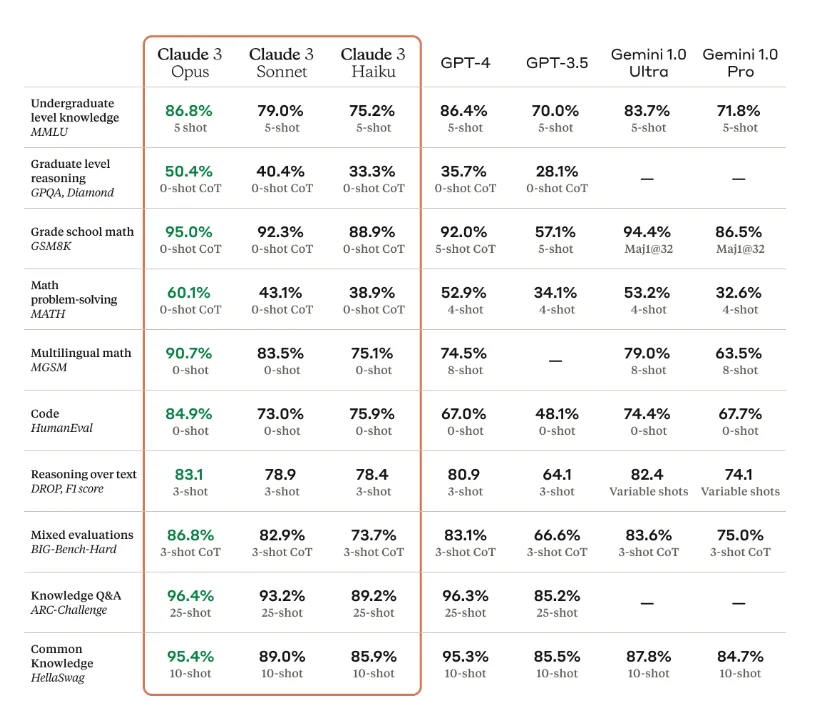
All in all, you can:
But don’t just fall for the features, check out the pricing before you move ahead.
The basic pricing for the chatbots of both models are fairly comparable.
However, ChatGPT4 offers flexibility with its higher plans best suited for teams and enterprises.
| Plan | Claude 3 | ChatGPT 4 |
|---|---|---|
| Free | Limited Free Plan (Model: Sonnet) |
No Free Plan for ChatGPT4 Unlimited Free plan for ChatGPT3.5 |
| Paid | Claude Pro: $20/month (Model: Opus) |
Plus: $20per user billed monthly Team: $25per user / month billed annually $30 per user / month billed monthly Enterprise: Custom pricing |
Now let’s compare the pricing of both the models against their API.
Note: There is no ChatGPT API directly available for use. You need to purchase the API of OpenAI and then use it for text completions to get the ChatGPT4 output.
| API Cost | Input ($/million tokens) | Output ($/million tokens) |
|---|---|---|
| Claude 3 | ||
| Haiku | $0.25 | $1.25 |
| Sonnet | $3 | $15 |
| Opus | $15 | $75 |
| ChatGPT4 | ||
| gpt-4-0125-preview gpt-4-1106-preview gpt-4-1106-vision-preview |
$10.00 | $30.00 |
| gpt-4 | $30.00 | $30.00 |
| gpt-4-32k | $60.00 | $120.00 |
To summarize:
Now that we have compared both the chatbots based on their features and pricing, it will be easy to select the required AI titan.
In case you opt for Claude 3, there are 3 models that you can choose from. 👇
| Claude 3 Haiku | Claude 3 Sonnet | Claude 3 Opus | |
|---|---|---|---|
| Feature | Fastest and compact model | Balanced model | Most intelligent model |
| Focus | Speed & Cost-Effectiveness | Balance of Speed & Intelligence | Best-in-Market Performance |
| Context Window | 200K | 200K | 200K and 1Million (for specific use cases) |
| Best suited for |
-Customer interactions -Translations -Content moderation -Knowledge extraction from unstructured data |
-Large data Processing -RAG -Sales and Marketing stuff -Coding -Parsing text from images |
-Task automation -Research and Development -Advanced analysis and strategic decisions |
| Complexity | Less complex tasks | Moderately complex tasks | Highly complex tasks |
| API Cost Input $/million tokens | Output $/million tokens |
$0.25 | $1.25 | $3 | $15 | $15 | $75 |
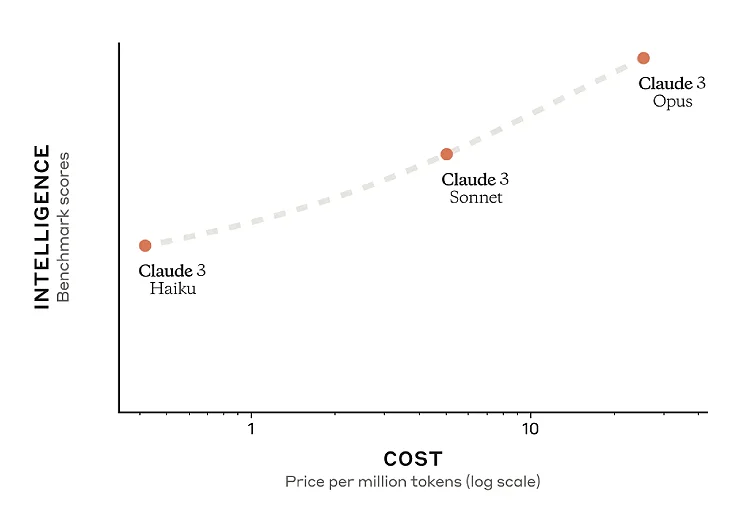
With 3 models at your disposal, choose the best one considering the factors:
Crafting effective prompts is equally crucial to maximize the potential of any AI model.
But the process of writing-testing-managing the prompts is exhaustive and challenging. A big shoutout here to the recently launched AI-powered tool – PromptTester. It helps you bulk test, compare and manage prompts – All in a single dashboard.
Currently, Claude AI is accessible across 159 countries.
You access it via:
To start with, you can claim a $5 free credit having an expiry of 14 days and there are 2 plans offered for API access:
Build Plan – For Pre-paid creditsTo access ChatGPT, you can use either of the 2 ways:
To use the Claude 3 AI, you need to access the chat interface of Claude (claude.ai).
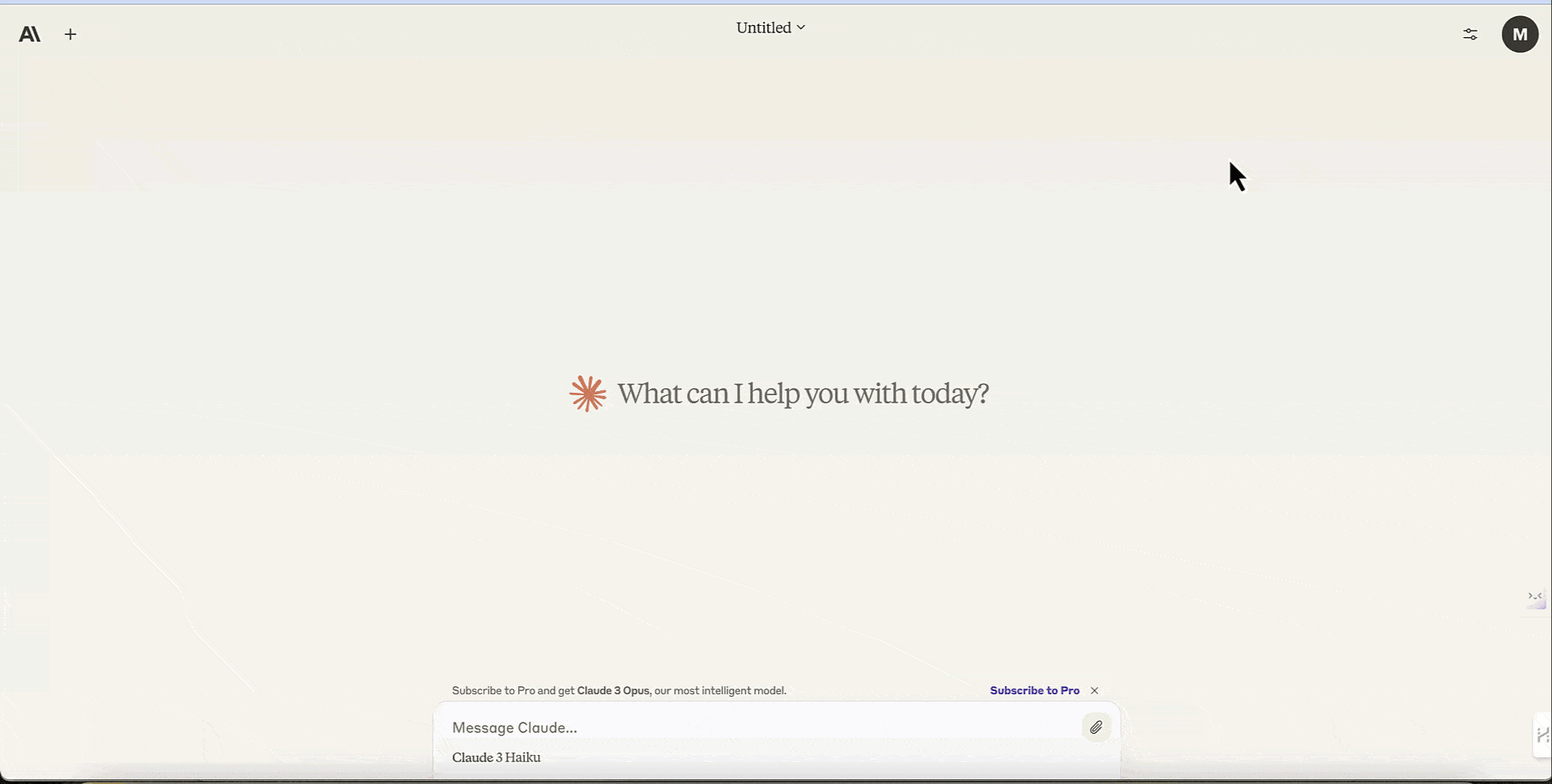
You can further integrate Claude AI with over 1100+ apps using Integrately and automate workflows like:
And so much more!
As like Claude 3, even ChatGPT 4 provides a chat interface, where you can interact by typing messages.
You need not create an account to access ChatGPT3.5 – that’s available for free.
But to access ChatGPT 4, you need a paid account that starts from $20/month.
Once you login to the account, you can:
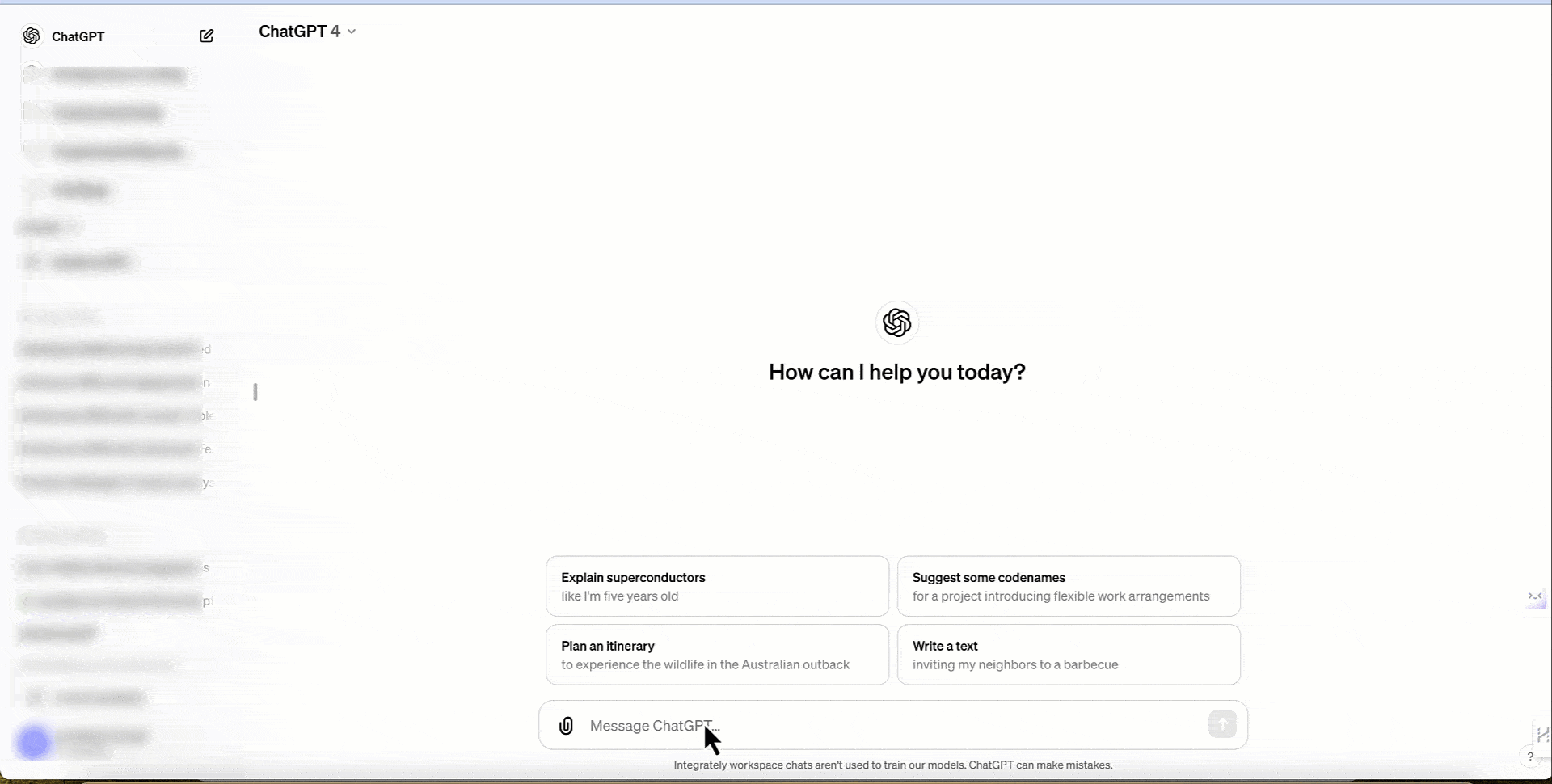
Furthermore, there are several ready to use ChatGPT integrations that help increase your productivity by automating tasks like:
The specific details of the generative AI models used by Claude 3 and ChatGPT are not publicly disclosed. However, they are likely based on architectures like Generative Pre-trained Transformers (GPTs).
It’s a type of artificial intelligence (AI) model that’s particularly good at processing and generating text.
Once trained, these models can then perform a wide variety of tasks like generating text, translating languages, answering questions, etc.
Anthropic’s Claude 3 and OpenAI’s ChatGPT 4 are both powerful AI models, but they have different approaches and strengths.
Claude 3 prioritizes safety and ethical considerations through its “constitutional AI” training, while ChatGPT 4 focuses on raw capabilities and user experience.
Claude 3 excels in graduate-level reasoning, math solving, and multilingual tasks, but may have limitations in creativity and flexibility.
ChatGPT 4 offers more extensive capabilities, including image and video processing, but may have less emphasis on safety and ethical constraints.
Ultimately, the choice between Claude 3 and ChatGPT 4 depends on your specific needs and priorities.
Claude 3 is said to be as good as ChatGPT4 or even better as per benchmark report shared by Anthropic.
Claude 3 is more powerful than ChatGPT4 as per the benchmark report shared by Anthropic on their website.
Claude 3 is better than ChatGPT4 in terms of graduate level reasoning, math solving, multilingual math, code,and mixed evaluations. This has been mentioned in the benchmark report shared by Anthropic.